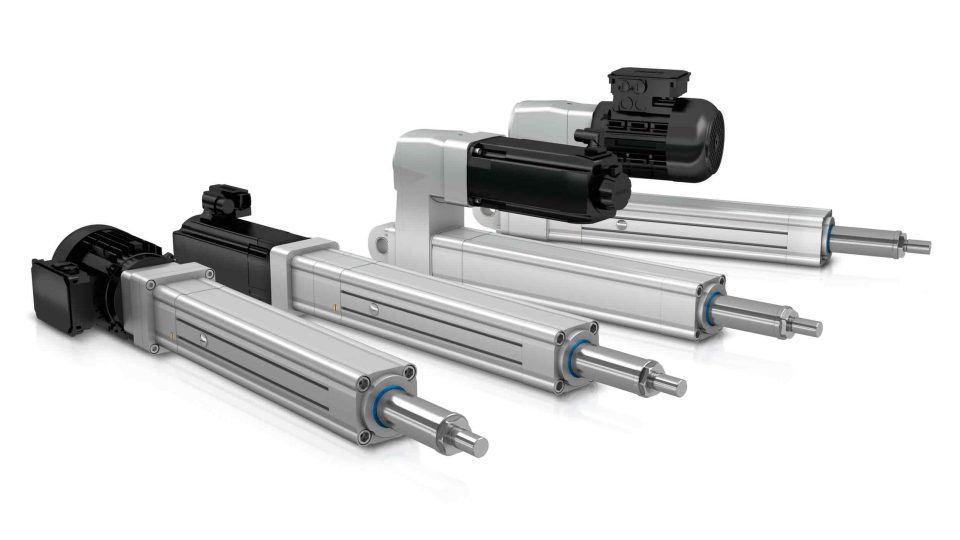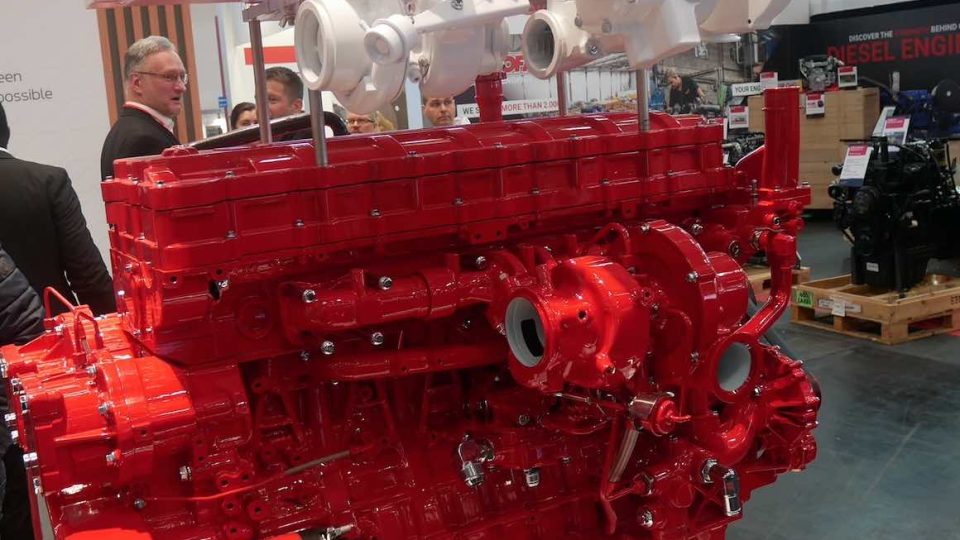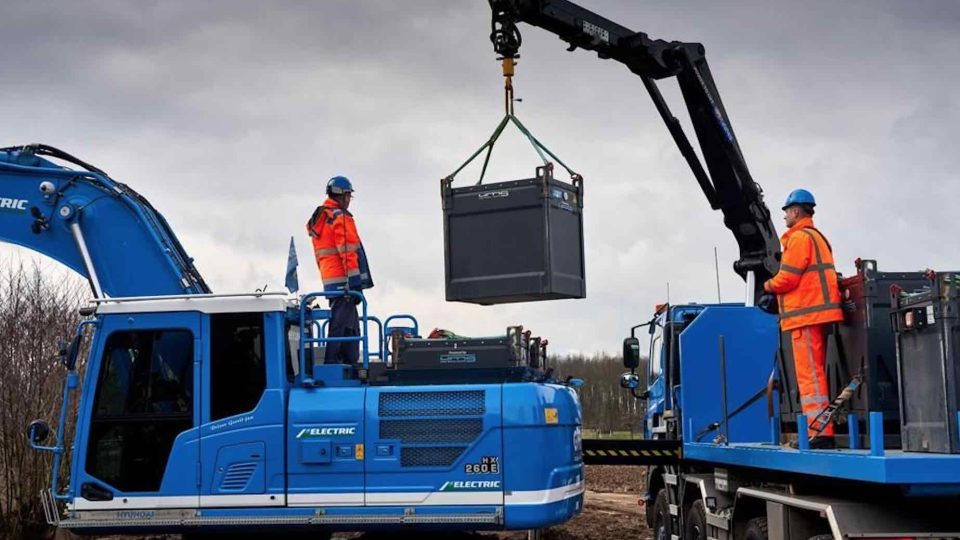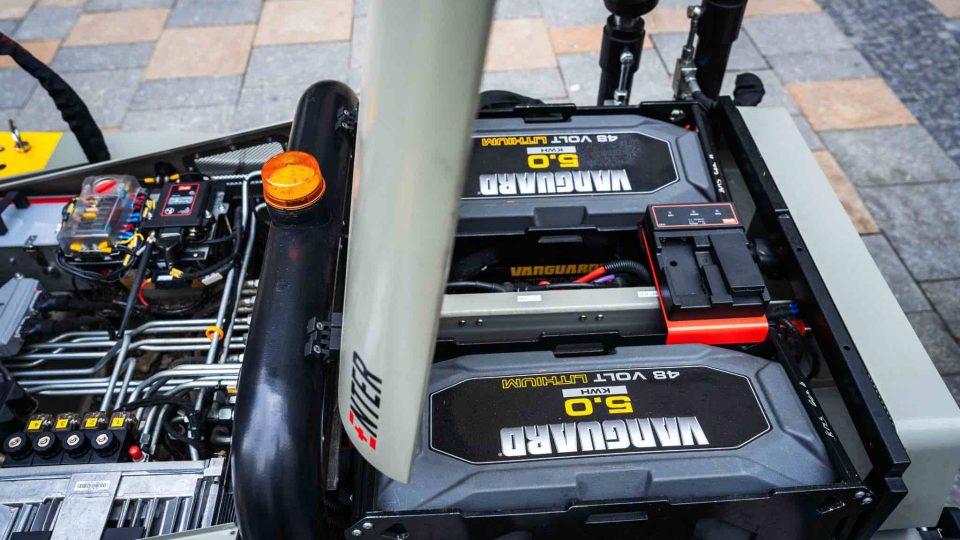Diesel algae and LumoFuel. Is it the right way to biofuel?
Diesel algae and LumoFuel. We mentioned this smart approach to biodiesel almost ten years ago (biofuels? Read more…). Now it’s time to talk about LumoFuel. What is this? It is a washing machine sized household ‘bioreactor’ which uses algae to turn CO2 and sunlight into a usable diesel that promises to not only work in […]
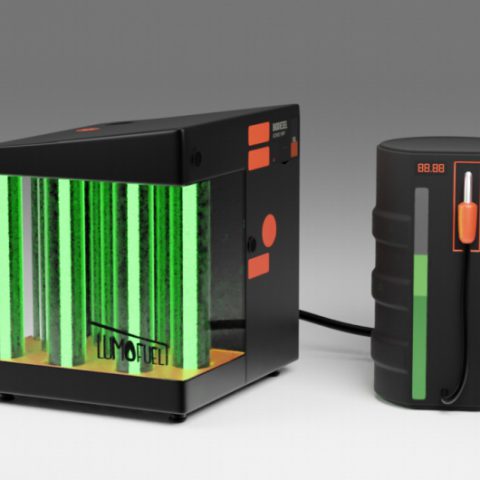
Diesel algae and LumoFuel. We mentioned this smart approach to biodiesel almost ten years ago (biofuels? Read more…). Now it’s time to talk about LumoFuel. What is this? It is a washing machine sized household ‘bioreactor’ which uses algae to turn CO2 and sunlight into a usable diesel that promises to not only work in existing cars, but also be carbon-negative. A project by a recente graduate at the Brunel University London. Let’s listen to their words.
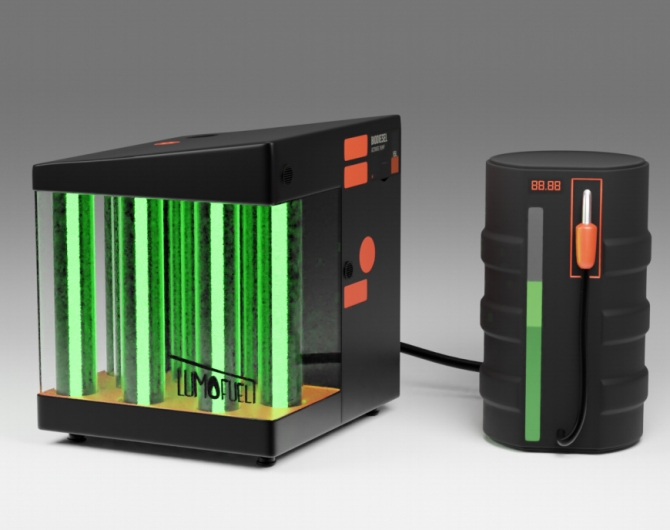
Diesel algae and LumoFuel
Diesel has gained a bad rap in recent years. Bad for the environment, worse for our lungs and crippling on our pockets, governments around the world are currently falling over themselves to phase-out the energy-rich fuel. The UK plans to halt the sale of new diesel cars by 2035, with other countries looking to introduce bans even earlier, potentially accelerating us all towards an electric and hydrogen driven future. But are we writing off diesel too soon? Could it in fact be part of the solution, and not just the soot-blackened face of the problem? A new concept, unveiled by recent graduate Charlie Wilson, suggests that perhaps it could be. «Algae has been experimented with for over 20 years as a way to produce biofuels and power,» said Wilson, who designed LumoFuel as part of his Industrial Design and Technology degree at Brunel University London.
«The biggest hang up though has been scaling it up – you’d have really good low-scale, high-yield laboratory experiments, but the moment you try commercialising it, growing algae in big waterways, you’d end up needing to put more energy in than you get out. It becomes like a perpetual motion machine.»
Wilson’s solution is not to scale things up, but to scale them down. LumoFuel will use a species of quick-growing algae called Nannochloropsis Oculata that photosynthesises CO2 and light into oxygen and energy, which the algae stores as fats – or lipids, to use the technical term. The device works in day-long cycles, harvesting and processing half of its colony of algae in the system, with the remainder then taking approximately 24 hours to double its biomass back to full density, ready for the next cycle. The algae is harvested using an internal centrifuge, which separates it from the fluid it’s grown in before the energy dense lipids are extracted from the cells and combined with methanol and sodium hydroxide – an alcohol and a catalyst – to produce a biodiesel that can be pumped directly into an unaltered diesel vehicle, or used for applications like heating and cooking. «By decentralising production and moving it into the home, we cut out everything from the oil rig to the petrol station, because we’re just producing our own fuel with the only input being sunlight, captured using solar panels, a few bottles of very cheap chemicals, and CO2,» said Wilson, who is launching the concept online as part of Brunel’s annual showcase, Made in Brunel, which will this year form part of the London Design Festival.
Algae, glycerol and oxygen
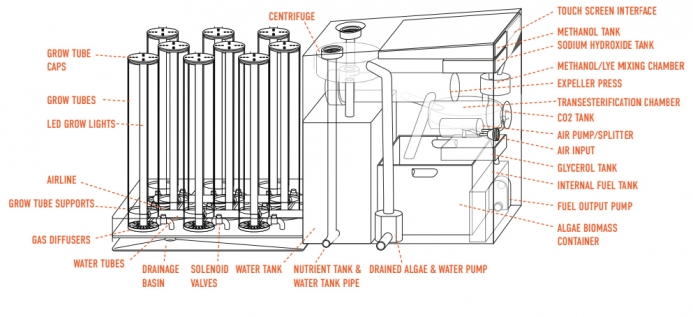
«The only by-products will be the unused biomass of the algae, glycerol and oxygen. These can be all by recycled into a wide range of products – from food supplements and fertilisers, to bioplastics». Rather than take the CO2 directly from the atmosphere, LumoFuel will use gases collected from industrial flues – a technique already commonly used by the soft drinks industry: «So, rather than put the CO2 into a fizzy drink – which then escapes again when you open the can – we’ll take it and convert it into pure oxygen using algae.» Using just 4kWh of power per day and small amounts of methanol and sodium hydroxide, LumoFuel should, theoretically at least, be able to produce 3L of fuel per day – slightly more than the average UK family uses – for as little as 14p. Although LumoFuel wouldn’t eliminate pollution issues cause by standard diesel fuels, biodiesel powered cars suffer less engine wear, meaning cars can potentially last longer, and emit less toxic exhaust fumes. «While the science and design are sound in theory, I’ve not actually been able to test the product yet beyond cultivating some algae, adding the chemicals that would be needed inside the product and then lighting it on fire,» concedes Wilson, who was unable to build a working prototype of the device as part of his degree due to coronavirus restrictions. «There’s a lot of physical testing still needed. Ideally, the next step will be to develop a physical prototype and pass it on to end-users for feedback, before securing funding for a fully-working prototype.»




